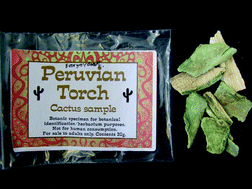Natural product ‘legal highs’
Abstract
Covering: up to the end of 2011
The last five years have seen a dramatic increase in the global popularity of ‘Legal Highs’, often referred to as Novel Psychoactive Substances (NPS). These materials are single chemicals, plant or fungal materials or their extracts, which may be purchased and possessed without legal restriction in certain countries. The single chemical entity drugs are often closely structurally related to existing controlled drugs of abuse from, for example, the amphetamine (phenethylamine), cannabinoid-mimetic or tryptamine classes, whereas the natural products are from plant or fungal materials that have a long history of pharmacognosy. These natural product legal highs are by their very nature highly chemically complex, and in the clear majority of cases, chemical studies were conducted some considerable time ago. Their pharmacology and toxicology generally focuses on the major active principles with few studies detailing the potentially highly complicated and multiple effects of their extracts. This complexity, coupled with the inherent natural product variability of plant and fungal species, adds a further dimension to the potential harms associated with natural product legal high use. This review encompasses the most popular current legal highs and describes their basic chemistry, usage and preparation, pharmacology, toxicology and discusses the issues surrounding the complexity of these materials, and how this can impact on the evaluation of their harms.


 Please wait while we load your content...
Please wait while we load your content...